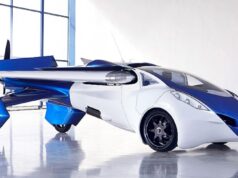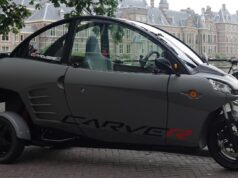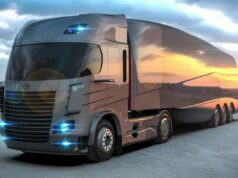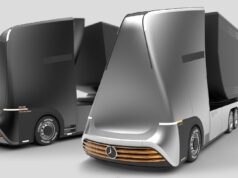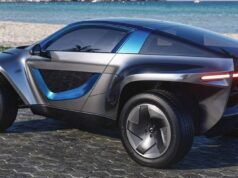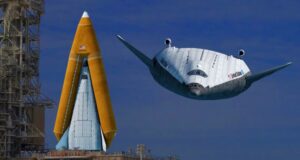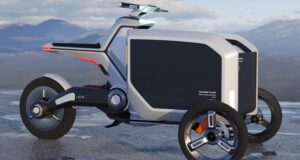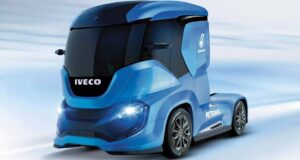A starter is a device used to rotate crank an internal-combustion engine so as to initiate the engine’s operation under its own power. The electric starter motor or cranking motor is the most common type used on gasoline engines and small diesel engines.
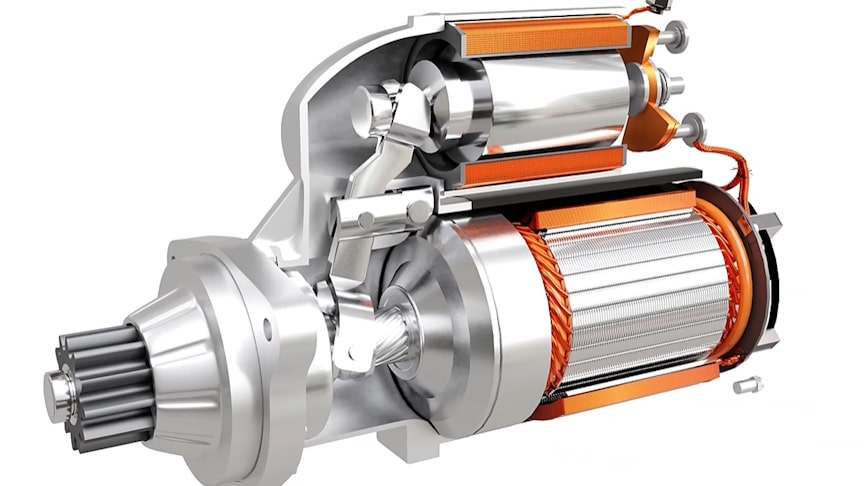
source-image: TecknoMechanics
The powerful electric starter motor does the turning. Its shaft carries a small pinion gear wheel which engages with a large gear ring around the rim of the engine flywheel. In a front-engine layout, the starter is mounted low down near the back of the engine. The starter needs a heavy electric current , which it draws through thick wires from the battery.
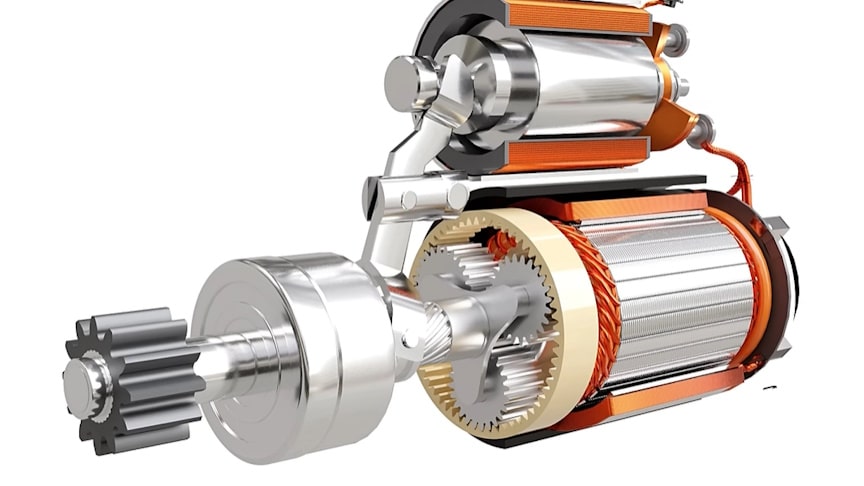
source-image: TecknoMechanics
The modern starter motor is either a permanent-magnet or a series-parallel wound direct current electric motor with a starter solenoid similar to a relay mounted on it. When DC power from the starting battery is applied to the solenoid, usually through a key-operated switch the “ignition switch”, the solenoid engages a lever that pushes out the drive pinion on the starter driveshaft and meshes the pinion with the starter ring gear on the flywheel of the engine.
Advertisement
The solenoid also closes high-current contacts for the starter motor, which begins to turn. Once the engine starts, the key-operated switch is opened, a spring in the solenoid assembly pulls the pinion gear away from the ring gear, and the starter motor stops.
This video explains the working of a starter motor with relevant animations. The starter motor model shown here is a pre-engaged type starter motor. In this type, the pinion engages with the flywheel before the motor starts to spin and hence the name.

